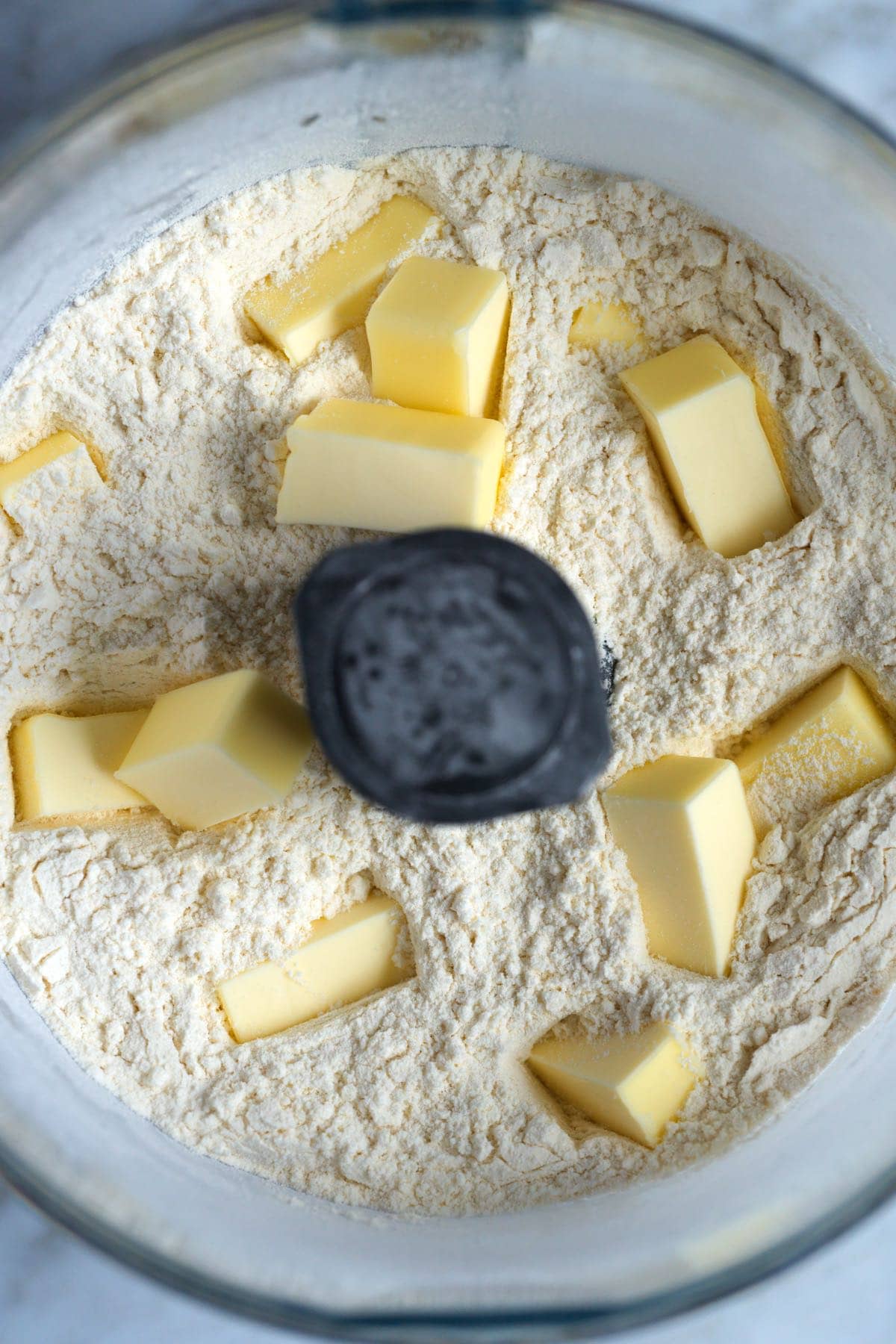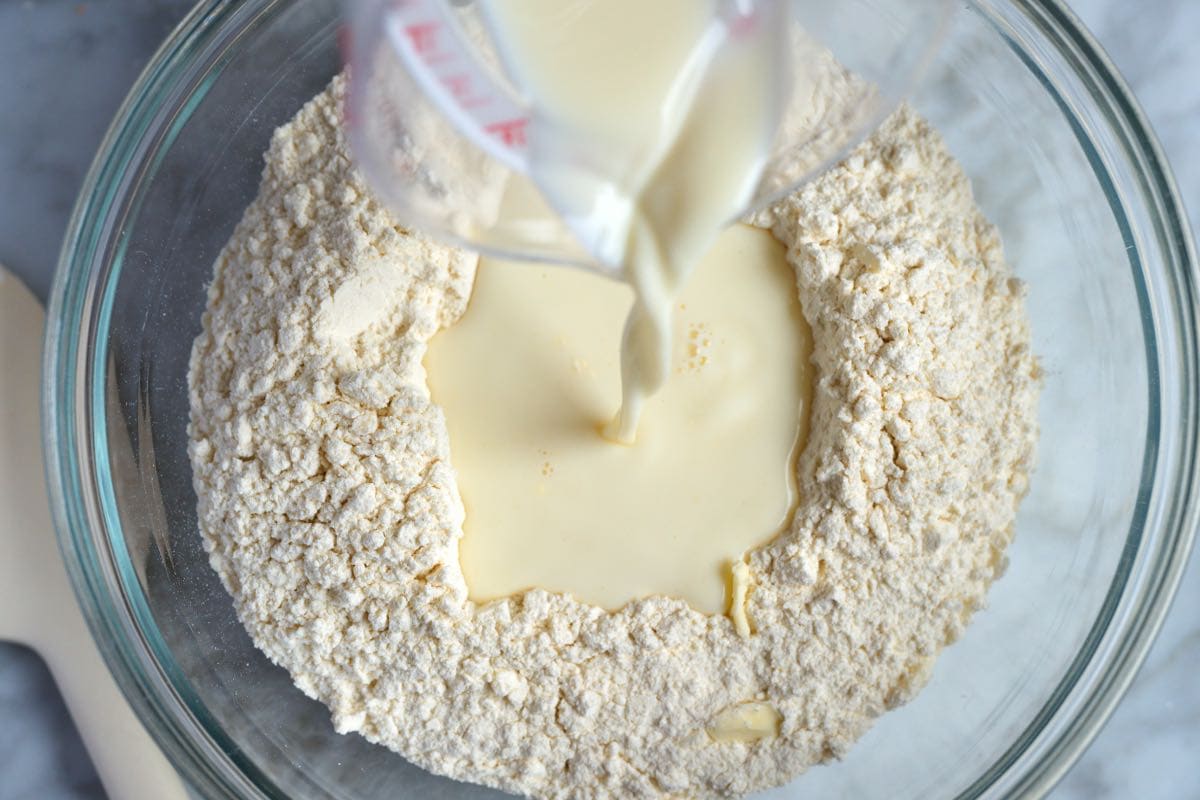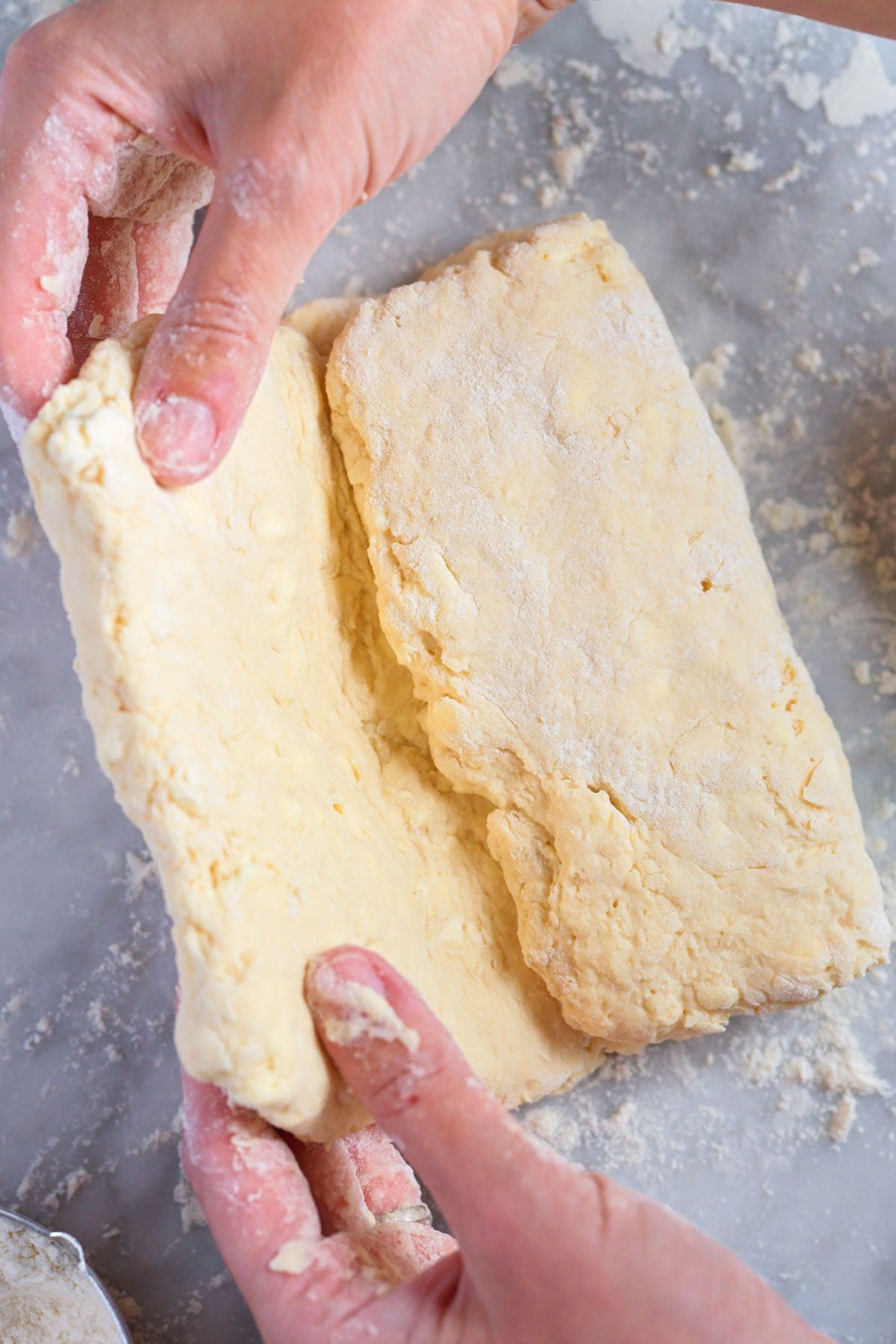Biscuits, those delectable and versatile Southern treats, hold a special place in the hearts of many. Their soft, flaky interiors and golden-brown exteriors evoke a sense of comfort and nostalgia. While baking powder is the traditional leavening agent for biscuits, baking soda can also be used to achieve equally impressive results. This guide will delve into the world of baking soda biscuits, exploring their unique characteristics, providing step-by-step instructions, and offering tips for achieving the perfect balance of texture and flavor.
The Role of Baking Soda in Biscuits
Baking soda, a common household ingredient, is a powerful leavening agent that works by reacting with acids to produce carbon dioxide gas. This gas creates bubbles within the biscuit dough, causing it to rise and become light and fluffy. In the context of biscuits, baking soda is often paired with buttermilk or another acidic ingredient to initiate the leavening process.
Benefits of Using Baking Soda in Biscuits
Incorporating baking soda into your biscuit recipe offers several advantages:
-
Enhanced Rise: Baking soda provides a stronger leavening action compared to baking powder, resulting in taller, fluffier biscuits.
-
Neutralization of Acidity: Buttermilk, a common ingredient in biscuit recipes, introduces acidity into the dough. Baking soda helps to neutralize this acidity, preventing the biscuits from becoming gummy or dense.
-
Golden-Brown Color: The alkaline nature of baking soda contributes to the development of a beautiful golden-brown crust on the biscuits.
Step-by-Step Guide to Making Baking Soda Biscuits
Ingredients:
- 2 cups all-purpose flour
- 1 teaspoon baking soda
- 1/4 teaspoon baking powder
- 1/2 teaspoon salt
- 1/2 cup (1 stick) unsalted butter, cold and cut into small cubes
- 3/4 cup buttermilk
Instructions:
-
Preheat Oven: Preheat your oven to 450°F (230°C).
-
Combine Dry Ingredients: In a large bowl, whisk together the flour, baking soda, baking powder, and salt.
-
Cut in Butter: Add the cold butter cubes to the dry ingredients and use your fingers or a pastry cutter to work them into the flour until the mixture resembles coarse crumbs.
-
Add Buttermilk: Gradually add the buttermilk to the flour mixture, stirring until just combined. Do not overmix.
-
Knead Dough: Turn the dough out onto a lightly floured surface and knead it gently a few times to form a cohesive ball.
-
Roll and Cut Biscuits: Roll out the dough to a thickness of about 1/2 inch. Use a biscuit cutter to cut out rounds of dough.
-
Place on Baking Sheet: Place the biscuits on a baking sheet lined with parchment paper.
-
Bake: Bake the biscuits for 10-12 minutes, or until golden brown.
Tips for Perfect Baking Soda Biscuits
-
Use Cold Ingredients: Cold butter and buttermilk help to create flaky layers in the biscuits.
-
Do Not Overmix: Overmixing the dough will result in tough biscuits. Mix just until the ingredients are combined.
-
Cut Biscuits Close Together: When placing the biscuits on the baking sheet, arrange them close together to promote even rising.
-
Brush with Butter: For a golden-brown crust, brush the tops of the biscuits with melted butter before baking.
Baking soda biscuits offer a unique and delicious twist on the classic Southern staple. By understanding the role of baking soda in the leavening process and following the step-by-step instructions provided, you can create light, fluffy, and flavorful biscuits that will impress your family and friends. Whether you prefer them with butter, jam, or gravy, baking soda biscuits are a versatile and satisfying treat that will enhance any meal.
How to Make the Best Biscuits
I use my food processor to make biscuits. It works incredibly well at rapidly slicing the chilled butter into our flour mixture. In order to prevent the butter from warming up, you want to cut it into the flour as quickly as possible. Cold butter = flaky, tender homemade biscuits.

We add milk (or use buttermilk) once the butter and flour start to crumble, and then form the dough. You want lots of butter specks and a shaggy appearance for your biscuit dough.

We don’t roll out our dough with a rolling pin. Instead, we press the dough out with our fingers. You can see us do this in our recipe video.
Press the biscuit dough into a rough rectangle and fold the sides into the center, like a letter, for extra flaky layers. Next, we press the new rectangle out, rotate it, and repeat the process.

We will repeat if necessary with the dough before pressing it into a final rectangle and cutting our biscuits. Watch our video to see me do this. It’s easy!.
How to Make Biscuits Without a Food Processor
You can absolutely make biscuits from scratch by hand. Place the dry ingredients in a large bowl and cut the butter into the flour with a pastry cutter or your hands until it becomes crumbly. This is how we make these cheese biscuits and our simple drop biscuits.
Before adding the milk, put the bowl containing the flour and butter in the refrigerator for five to ten minutes if you notice that the butter is starting to soften too much or if your kitchen is extremely warm.
Cookie Science: Baking Soda vs. Baking Powder
FAQ
Can I use baking soda instead of baking powder in biscuits?
What makes biscuits rise baking soda or baking powder?
What is baking powder used for in biscuits?
Can you use baking soda to make biscuits?
By using baking soda in moderation, with baking powder for the dough’s primary rise, the yogurt’s acidity (and therefore its tangy flavor) shines through—the perfect counterpoint to a biscuit’s buttery richness. The biscuit mix itself is a simple combination of all-purpose flour, sugar, salt, baking powder, and baking soda.
What are the risks and benefits of adding baking soda to coffee?
Many people add baking soda to coffee to help neutralize the harsh taste of coffee. Some natural health practitioners also promote this combination to reduce acid reflux, reduce heartburn and reduce stomach aches. When adding too much baking soda to coffee, this can result in mostly gastrointestinal side effects such as cramping, constipation, vomiting and diarrhea. In some cases this can also result in muscle spasms.
What do baking soda biscuits taste like?
Baking soda biscuits are a delightful and versatile treat that can be enjoyed with any meal or even on their own. They are light, fluffy, and have a slightly tangy flavor that pairs well with both sweet and savory toppings.
How do you make a softer biscuit?
Using a 2 inch (5.1 cm) round cookie cutter, cut out biscuits. Place your biscuits on an un-greased cookie sheet. Leave room between them, as they will expand with heat. If you prefer a fluffier biscuit, allow biscuits to touch each other in the pan and they will expand upward rather than outward, create a taller, softer biscuit.
